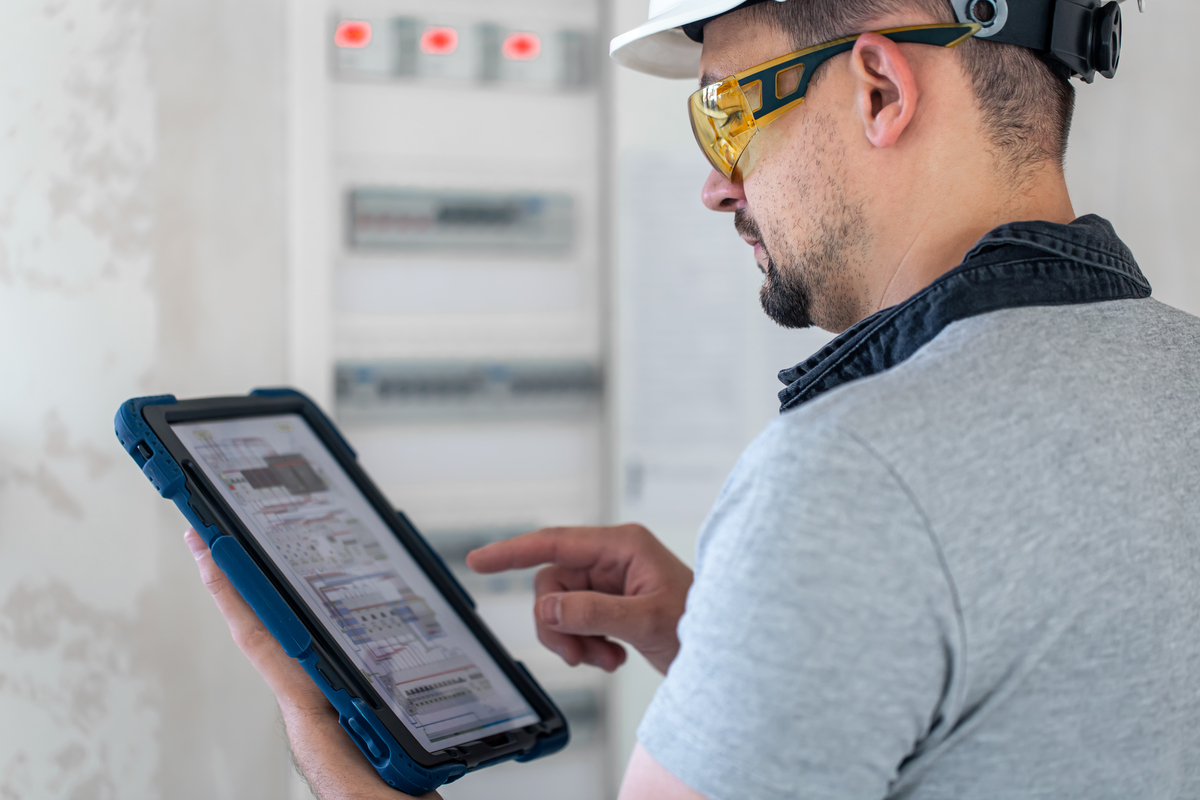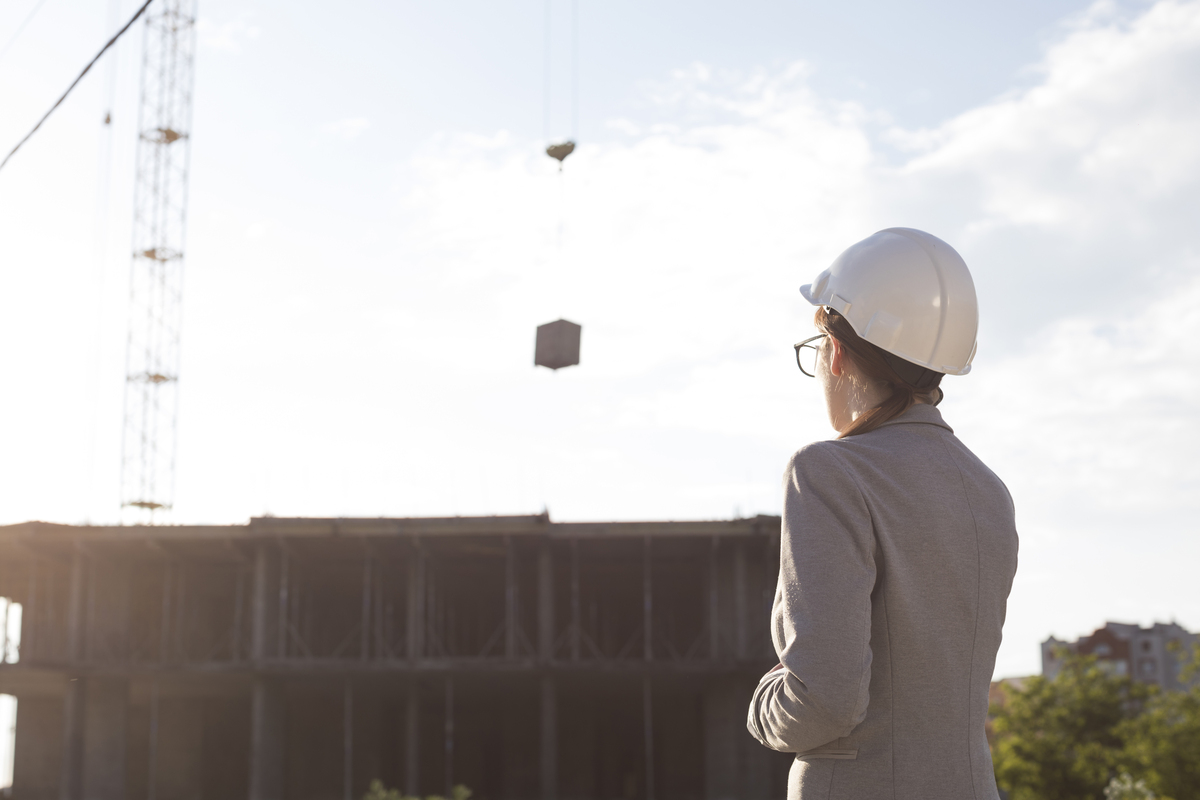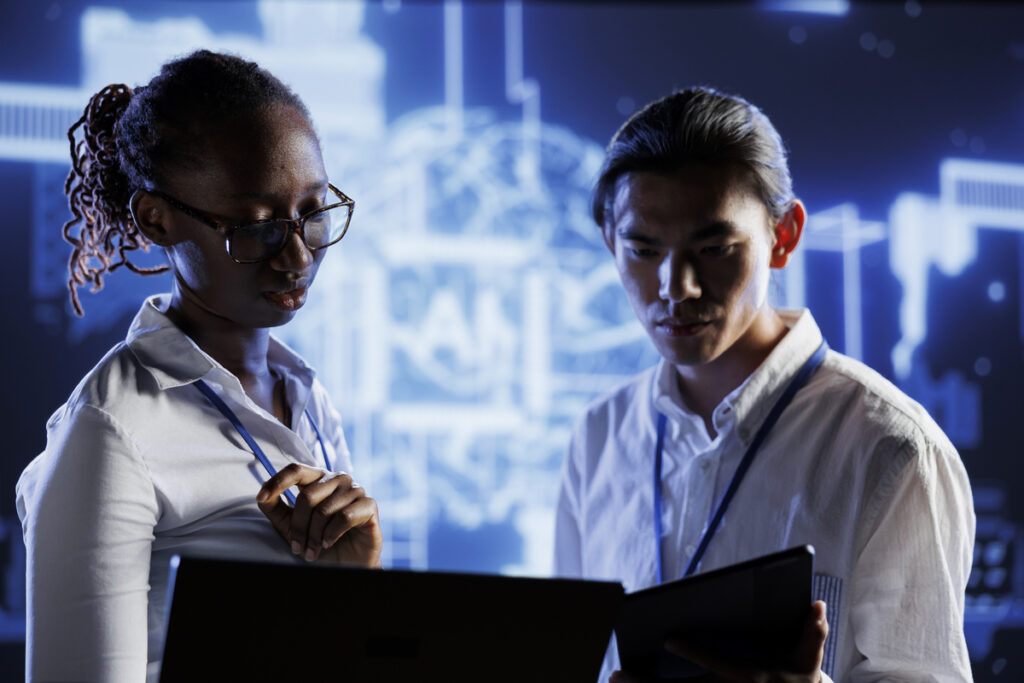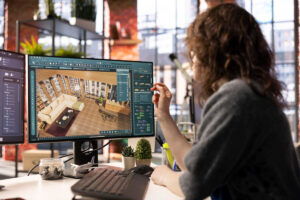Construction safety has always come first, and in 2025, advances in sensors in construction and AI in buildings will further elevate construction site safety to unprecedented levels. The way that building sites are monitored and managed is being revolutionized by the integration of AI and sensors in construction safety.
Massive data sets may be analyzed by AI systems to anticipate possible risks, while sensors offer real-time warnings on worker movements, equipment status, and ambient conditions. These solutions not only improve safety procedures but also lower accident rates and increase overall site productivity. To create a safer and more productive work environment, it is imperative to comprehend the impact of AI and sensors in construction safety.
Table of Contents
An Overview to AI and Sensors in Construction Safety
In order to handle the inherent construction accidents, AI and sensors in construction safety are becoming crucial. Construction sites may drastically lower the number of incidents, improve real-time monitoring, and guarantee safety standard compliance by utilizing these technology.
1. AI’s Significance for Construction Safety
AI in construction systems can analyze enormous volumes of data to forecast possible risks and recommend mitigation strategies. Construction safety has changed dramatically as a result of this proactive approach, which gives managers the ability to risk management before they become problems.
2. Function of Sensors in Construction Safety
Sensors are essential for gathering data in real time; they can be as basic as motion detectors or as sophisticated as environmental sensors. This data, which offers insights into site conditions and worker behavior, is necessary for AI in construction to operate efficiently.
Essential Applications of AI in Construction Safety
The application of AI and sensors in construction safety has several facets and provides solutions to enhance worker safety, site management, and operational effectiveness. The following are some important applications:
Suggested article to read: 5 Workers Monitoring Solutions in Construction Industry | Construction Safety Sensors; Guide to 2025

1. Using Predictive Analytics to Risk Management
- Hazard Prediction: AI algorithms evaluate past information to predict potential safety hazards.
- Preventive Measures: Based on forecast findings, recommendations are made for preventive measures.
2. Alerts and Real-Time Monitoring
- Site Surveillance: AI-enabled cameras and drones in construction continuously record activity on the site.
- Immediate Alerts: Instant notifications to site construction project managers about dangerous circumstances.
3. Compliance with Personal Protective Equipment (PPE)
- AI-Powered Detection: AI-powered cameras make sure employees are donning the proper PPE.
- Automated Reporting: Provides site managers with real-time compliance level reports.
Suggested article to read: Risk Management Framework; Guide to 2025 | The Role of Construction Monitoring in Risk Management; 2025 Guide
Sensor Technologies improving Construction Safety
In order to provide a complete safety net on construction sites, sensors are crucial. They offer vital information that helps AI systems decide wisely.
1. Environmental Sensors
- Monitoring Air Quality in Construction: To provide a safe working environment, sensors identify dangerous gases and particle matter.
- Temperature and Humidity: Keep an eye on the outside world to avoid getting sick from the heat.
2. Proximity Sensors
- Collision Avoidance: By warning operators of close workers or obstructions, proximity sensors on large machines help to prevent accidents.
- Worker safety: By tracking their movements, wearable sensors make sure employees stay out of hazardous areas.
3. Monitoring Structural Health
- Vibration sensors: Identify probable collapses by real-time detection of structural flaws.
- Load sensors: Keep an eye on weight loads on structures to make sure they stay within permitted bounds.
Suggested article to read: Types of Sensors in Construction Industry; 2025 Review | What are Landslide Sensors? 2025 Review

Using Integrated Systems to Increase Safety
A complete safe environment is created by combining AI and sensors in construction safety technologies. Better construction data management, analysis, and intervention effectiveness are made possible by this integration.
1. Integration of AI and IoT
- Smart Sensors: AI systems receive constant data from connected sensors.
- Data Fusion: Merging information from several sources to provide a comprehensive safety perspective.
2. Automated Construction Monitoring Techniques
- Real-Time Reactions: Automated systems react right away to risks to public safety.
- Continuous Improvement: AI systems pick up lessons from past mistakes to make safety procedures better going forward.
3. Workforce Education and Adjusting
- AI-Based Training: AI and sensors in construction safety is used in training programs and simulations to get personnel ready for possible risks.
- Sensor Feedback: Encourages safer behavior by providing workers with real-time feedback based on sensor data.
Suggested article to read: Construction Monitoring Systems; 2025 Comparison | Role of Artificial Intelligence in Smart Construction Solution; 2025 Guide

AI and Sensors’ Future in Construction Safety
AI and sensor in construction safety technologies have a bright future. Artificial intelligence algorithm advancements will improve predictive skills, enabling adaptive learning and more precise danger predictions. The sensitivity and precision of next-generation sensors will be increased, addressing particular safety issues in the construction industry. By enabling new applications that improve site safety even further, these technologies will increase the efficiency and safety of construction projects.
The widespread use of AI and sensors in construction safety will depend on industry and regulatory requirements. Creating industry best practices will aid in standardizing their use, encouraging dependability and uniformity throughout projects. Technology suppliers and construction companies working together will spur ongoing innovation and guarantee that new safety requirements are satisfied.
Conclusion
An important advancement for the sector is the application of AI and sensors in construction safety. By offering unmatched insights and predictive power, these technologies contribute to a safer workplace by assisting in the prevention of accidents before they happen.
Construction businesses may greatly lower hazards, enhance adherence to safety protocols, and increase overall site productivity by utilizing AI and sensors in construction safety. It will be crucial to keep using and improving these technologies in order to uphold strict safety regulations and accomplish operational excellence in the building industry. Adopting AI and sensors in construction safety is about more than just being up to date with technology—it’s about putting employee welfare and project success first.
Suggested article for reading:
Enhancing Safety by Co-Pilot for Construction Technology (2025)
Top 30 Tips for Safety Solutions in Hazardus Building Sites (2025)
The Role of Climbing and Inspection Robots in Construction Safety; 2025 Guide
Top 11 Construction Safety Tips for 2025
Construction Safety Sensors; Guide to 2025
Construction Site Safety: Comprehensive Guide 2025
Resources:
FuturismTechnologies | SkillSignal | TheBossMagazine | VectorSolutions
For all the pictures: Freepik



